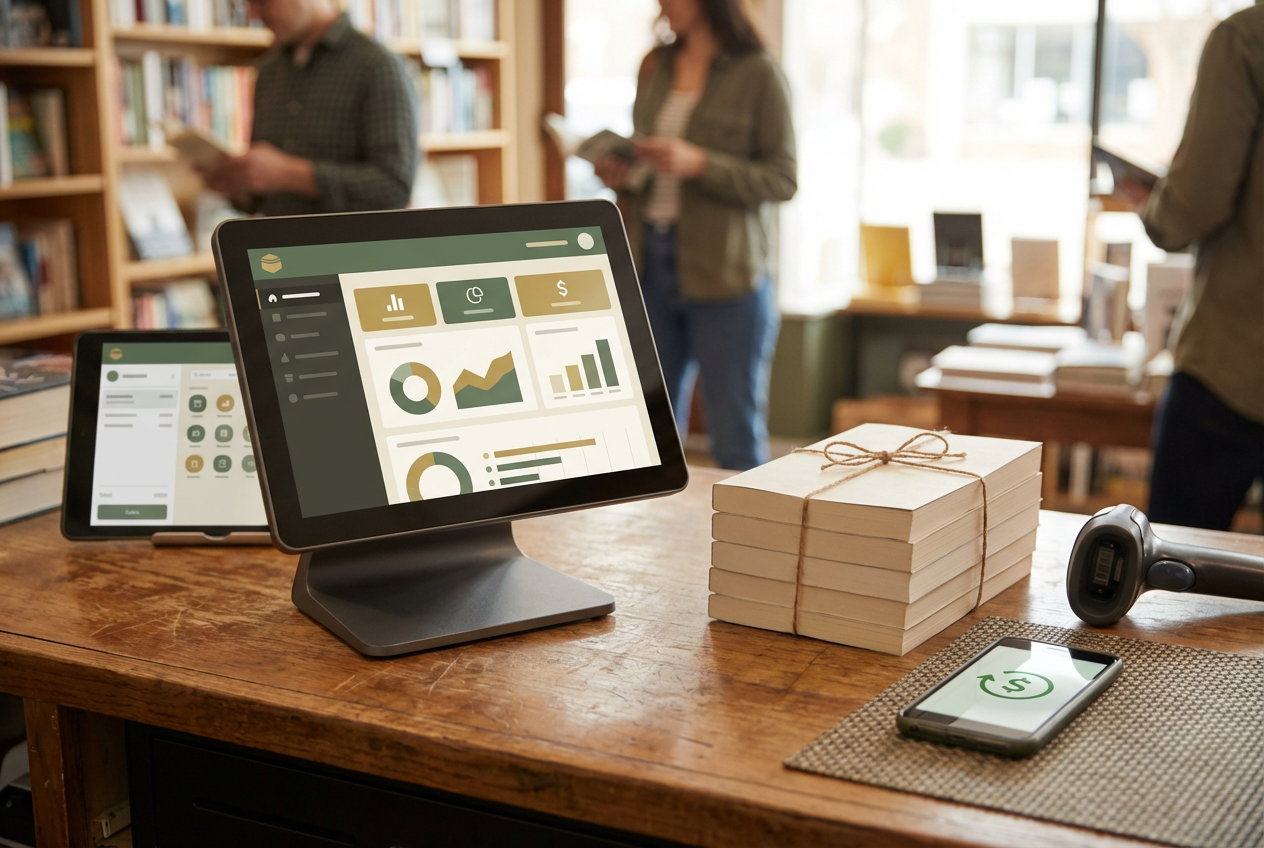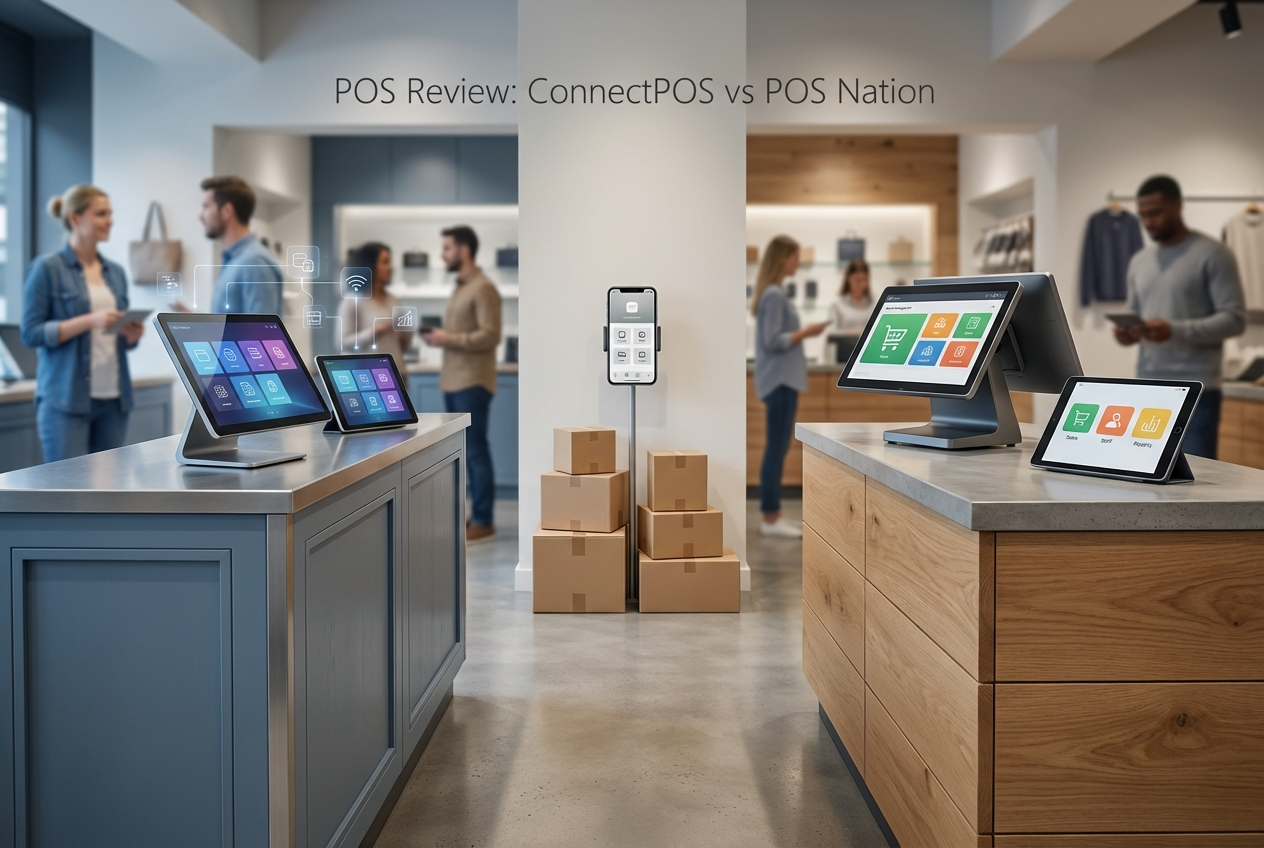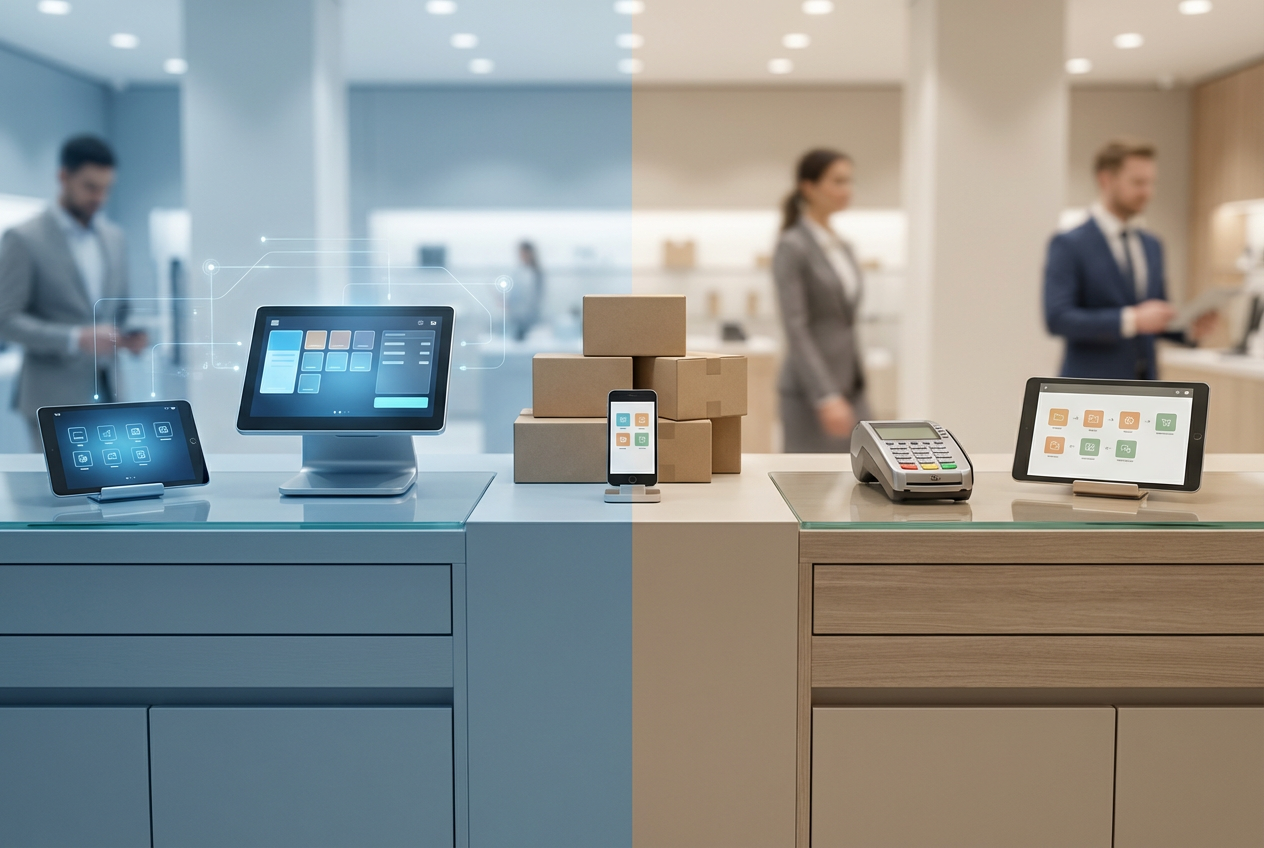What Is a Recommended Order?
A recommended order refers to the quantity of a product your POS system suggests you reorder to maintain full stock levels.
This figure is usually based on your store’s ideal inventory threshold and may take into account reorder points, recent sales, and supplier lead times.
This feature is a powerful tool for making smarter, data-driven purchasing decisions, helping a business avoid both costly stockouts and the financial burden of overstocking.
How It’s Determined
The calculation of a recommended order is an intelligent process that takes into account several key variables to arrive at an optimal quantity. These factors include:
Reorder Point: This is the minimum stock level at which a product should be reordered. The system calculates how many units are needed to replenish the stock to a maximum level.
Sales Velocity: The system analyzes how quickly an item sells. A popular, fast-moving item will have a higher recommended order quantity than a slow-moving one.
Lead Time: This is the time it takes for new stock to arrive after an order is placed. The system will recommend a larger order if the lead time is long to ensure there is enough stock to last until the new shipment arrives.
Seasonal Demand: Advanced systems can take into account seasonal fluctuations. For example, the recommended order for scarves will be higher in the fall than in the summer.
Safety Stock: This refers to extra units held in reserve to cover unexpected spikes in demand or delays in delivery. The system can be configured to include a buffer of safety stock in its recommendation.
Some retailers use specific inventory models, such as the Economic Order Quantity (EOQ), to calculate the most cost-effective order size that minimizes both ordering and holding costs. Other systems rely on a simpler but still effective real-time reorder trigger based on a set reorder point.
Why It’s Useful
The recommended order feature is a strategic tool that directly impacts a business’s profitability and operational efficiency:
Prevents Stockouts: By automatically flagging items that are running low, the system ensures that a business places orders in time to prevent running out of popular products. This avoids lost sales and customer dissatisfaction.
Avoids Overstocking: The feature prevents a business from tying up too much cash in excess inventory. By recommending an optimal quantity, it helps reduce holding costs and frees up capital that can be used for other investments.
Streamlines the Purchasing Process: Rather than manually checking stock levels and guessing how much to order, a store manager can simply review the system’s recommendations in a single report. This saves significant time and effort, making the reordering process far more efficient.
Supports Scalable Planning: For businesses with multiple locations or a wide variety of vendors, the recommended order feature provides a centralized view of all reordering needs. This allows for better planning and purchasing decisions across the entire organization.
You can usually review recommended orders in your POS system’s reorder report or inventory dashboard. From there, you can easily edit the suggested quantities and generate purchase orders directly. This integration transforms a tedious manual process into a data-driven, strategic workflow.
Using Recommended Order in ConnectPOS to Stay Stocked
Recommended order in ConnectPOS supports smarter restocking by analyzing your current inventory levels and suggesting what to reorder. Instead of manually checking stock and guessing quantities, the system reviews sales patterns, current stock, and predefined reorder points to generate a suggested purchase list.
This feature is especially useful for fast-moving items or products with seasonal demand. You can review, adjust, and approve the recommended order before sending it off to suppliers, saving time and reducing the risk of overstocking or stockouts.
It’s also a practical tool for multi-location businesses, where keeping consistency across branches can be challenging. Recommendations are based on real-time data from your POS, so the insights are grounded in actual sales trends and inventory movement.
With recommended order in ConnectPOS, restocking becomes a proactive process, helping you maintain availability without tying up cash in excess inventory.
« Back to Glossary Index

